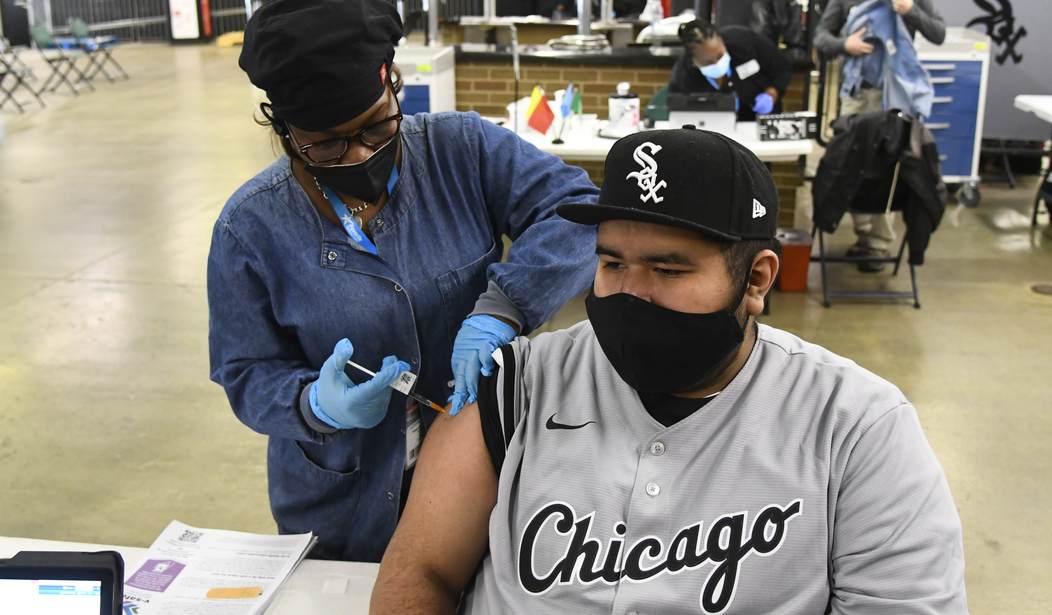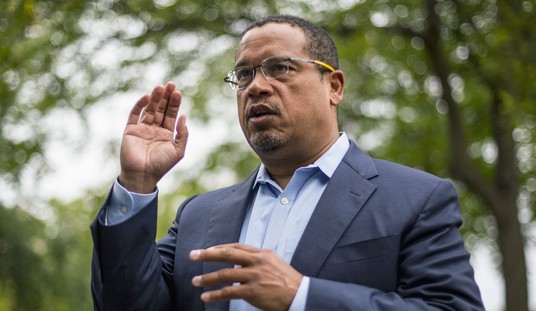I know he’s busy lately with trying to convince judges that Facebook is a state actor and urging MAGA crowds to find out which cop shot Ashli Babbitt, but Trump really should carve out some time to take a bow over these numbers. The death toll from the virus might be around 50 percent bigger if not for the success of Operation Warp Speed according to a model published yesterday by the Commonwealth Fund.
And although deaths are always the number people pay the most attention to, the other data here is just as eye-popping. A lot of non-fatal human misery was averted by the vaccines.
Unfortunately, with the national vaccination effort stalling out, there’s still plenty more to come.

The projected spike in May would have been worse than even the worst of the winter wave, per this model, and we can only guess what new peak would have been reached following the proliferation of the Delta variant over the past month. This same model, meanwhile, calculates that 1.25 million hospitalizations and more than 25 million(!) new cases would have occurred if not for the vaccination program. Some meaningful percentage of those people would have had “long COVID,” possibly suffering to this day, and many might have lost brain tissue to the disease. The infections that didn’t happen also made it possible for hospitals to provide proper care to those who actually did contract the disease since January. Imagine the outcomes in some of those touch-and-go cases in which lives were saved if ERs had been overwhelmed.
This wouldn’t have happened either without the vaccines. Well … I guess it might have, but it would have been dangerous for an unvaccinated America to unmask due to pandemic fatigue. It’s much safer to do so in a world where Pfizer, Moderna, and Johnson & Johnson came through:

The share of Americans who wore a mask at least once during the past week while outside the home fell to 68 percent last month, the lowest number of the pandemic — although that number wasn’t driven by vaccinated people, who are still masking at a clip of 77 percent. It’s the unvaccinated who are throwing caution to the wind, with just 38 percent wearing masks. That’s ass-backwards as far as the science goes but consistent with other polling we’ve seen during the pandemic, showing that people who are willing to take risks with the virus by not wearing masks are also willing to take risks with it by not getting vaccinated. The risk-averse, meanwhile, are more likely to get vaxxed and to keep masking. The result: Two Americas, in which one is taking too many precautions and the other isn’t taking enough.
Like I say, we’re not done with avoidable human misery just yet. Researchers are looking at the map of the United States and identifying which parts are likely to become breeding grounds for a new wave and possibly a new variant:
The analysis by researchers at Georgetown University identified 30 clusters of counties with low vaccination rates and significant population sizes. The five most significant of those clusters are sprawled across large swaths of the southeastern United States and a smaller portion in the Midwest.
The five clusters are largely in parts of eight states, starting in the east in Georgia and stretching west to Texas and north to southern Missouri. The clusters also include parts of Alabama, Arkansas, Louisiana, Oklahoma and Tennessee, and are made up of mostly smaller counties but also cities such as Montgomery, Alabama; Shreveport, Louisiana; and Amarillo, Texas…
The five most significant clusters together include more than 15 million people. Of those, only 27.9% are fully vaccinated — far lower than the national rate of 47.6%.
All eight of those states are red, unless you want to count Georgia as blue because it tipped ever so slightly to Democrats in the last national election. Eight of the 10 states that have seen hospitalizations rise by more than 20 percent over the last two weeks are also red. (And one of the two blue ones, Vermont, has a grand total of five hospitalizations statewide.) Hopefully there’s enough immunity, vaccine and natural, across the population to hold down the spread even in those hot-spot “clusters.” The next month will tell us a lot.








